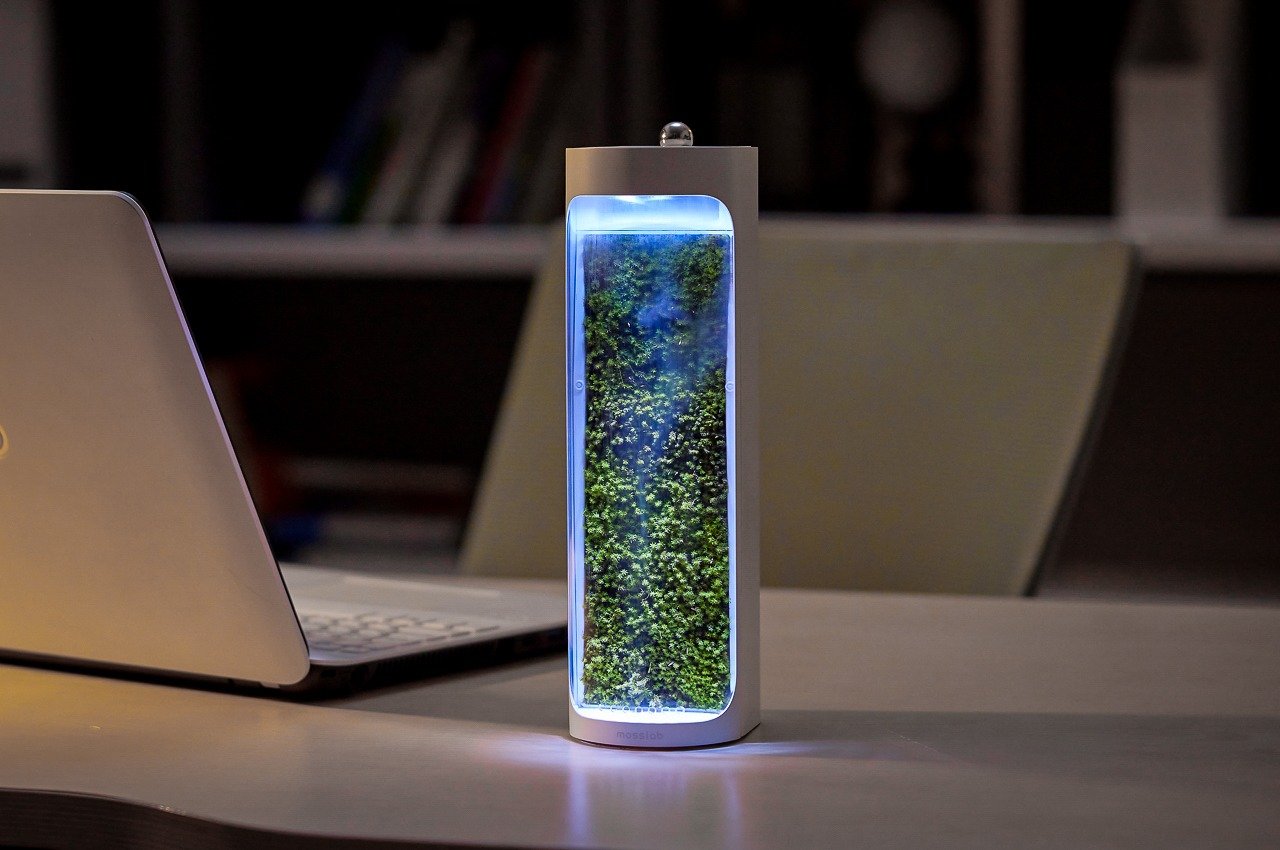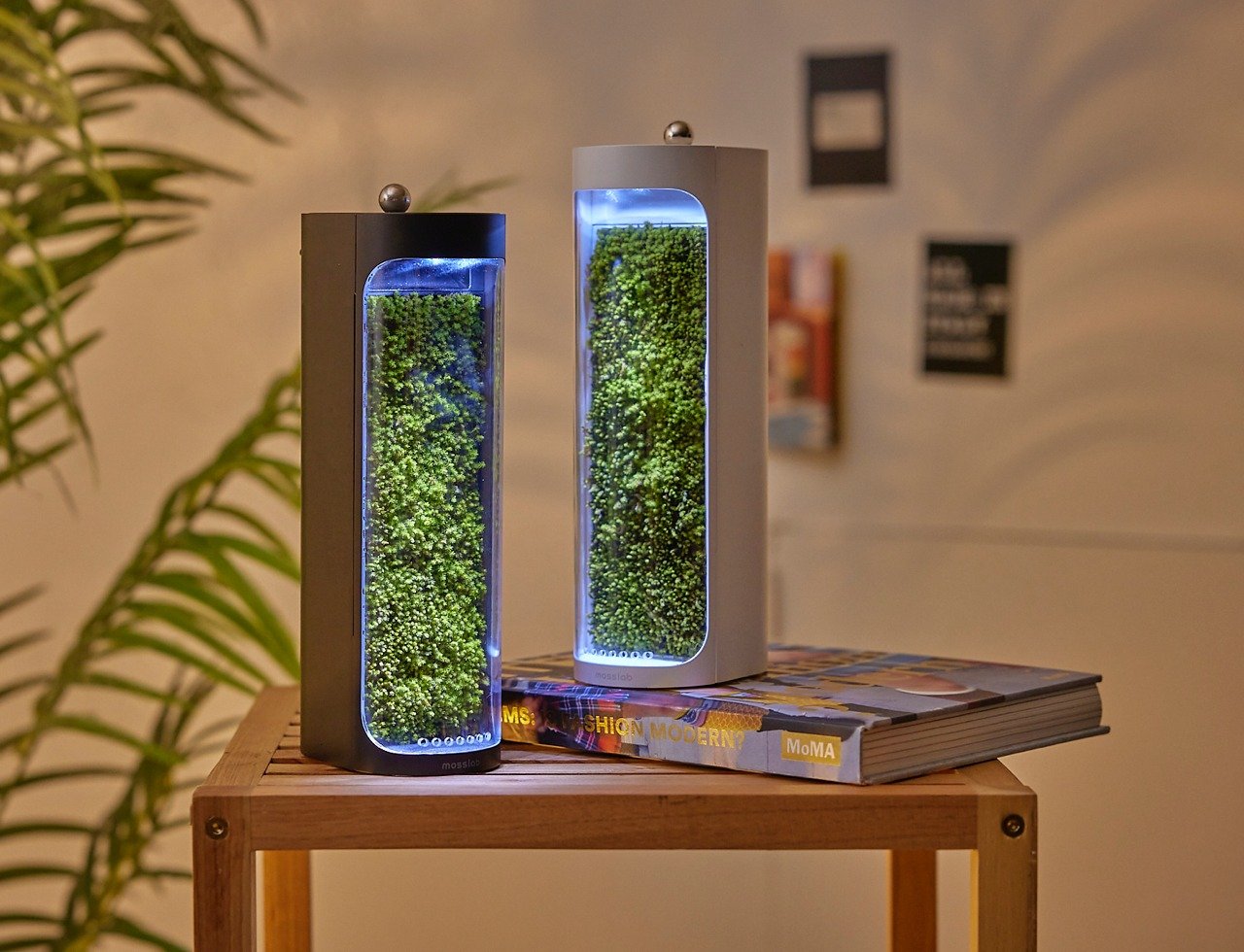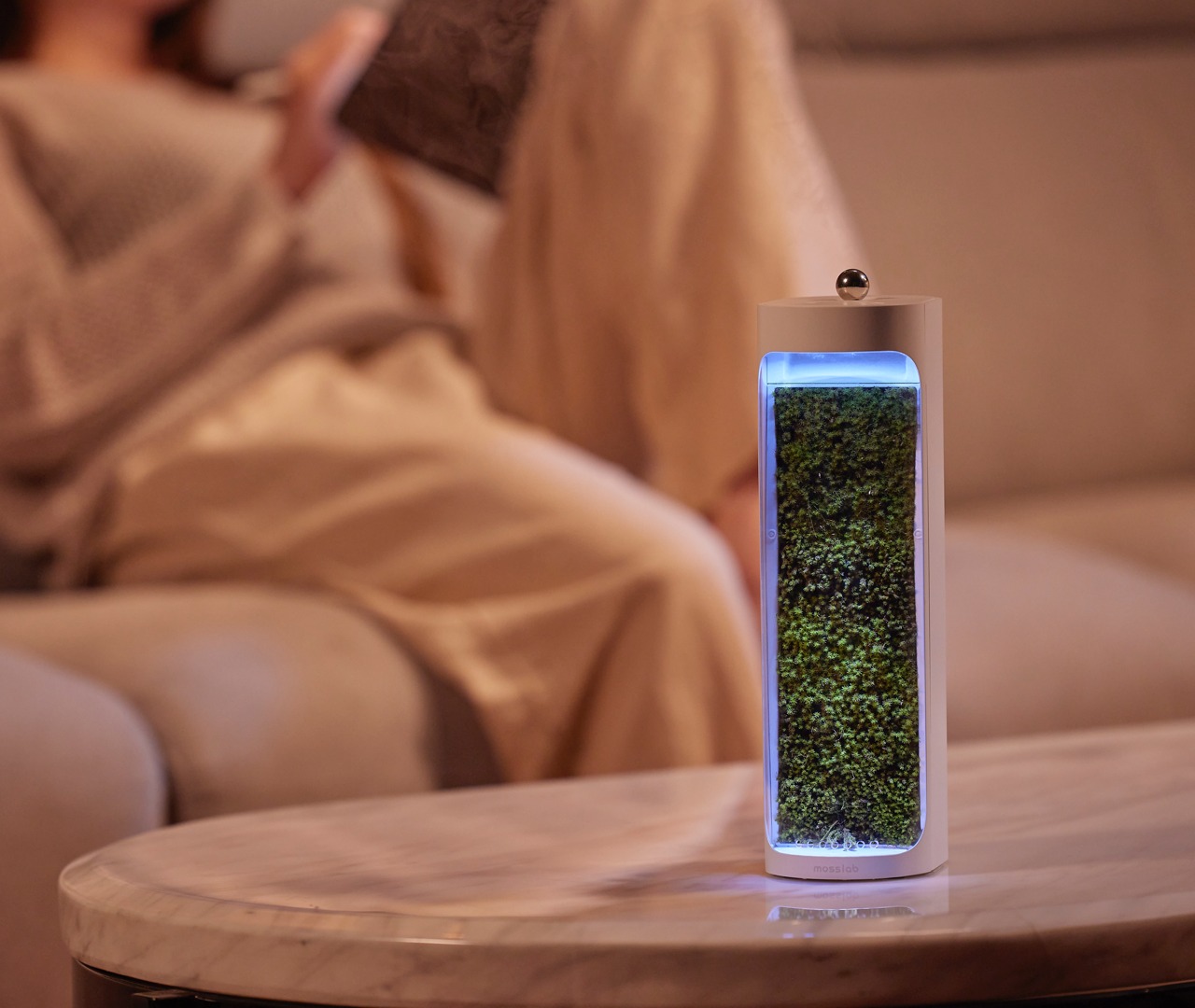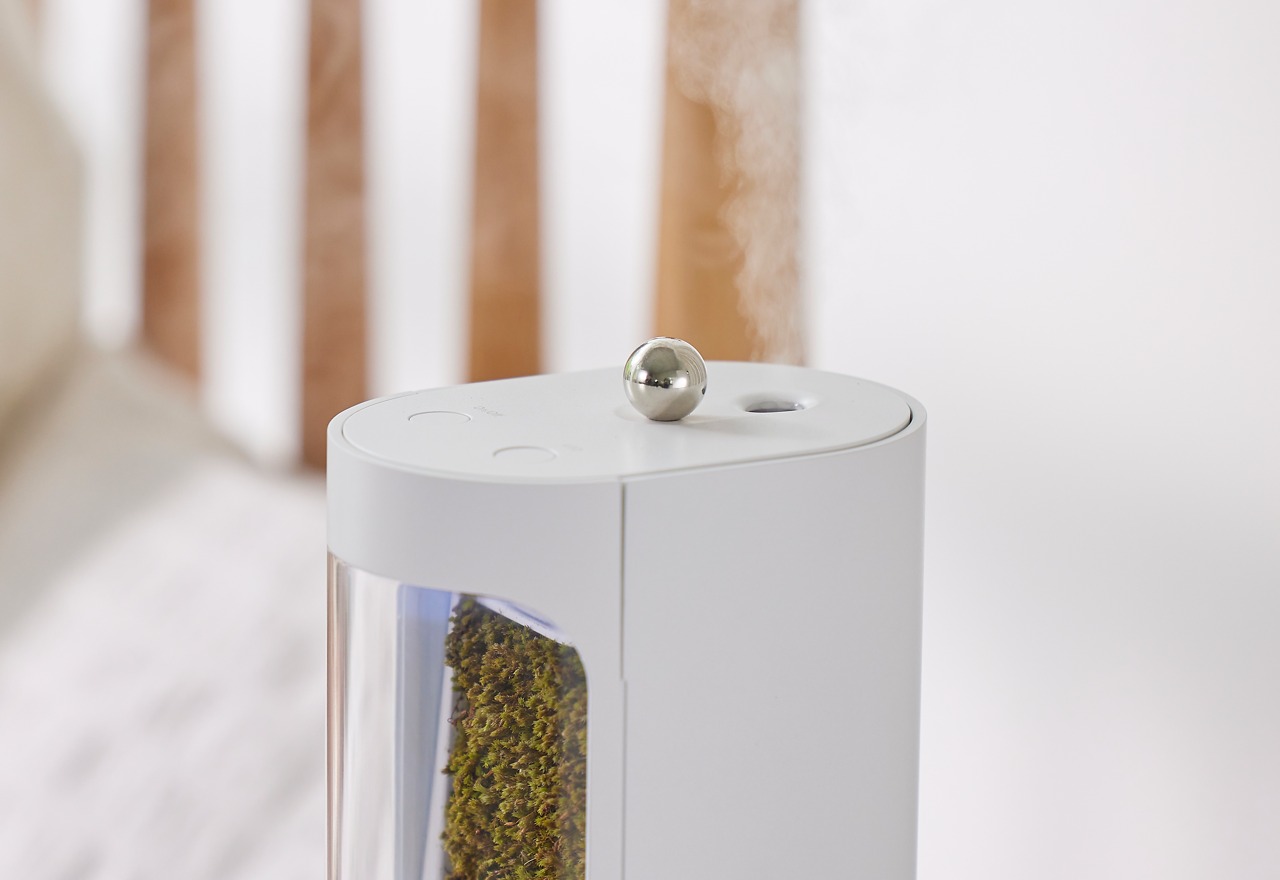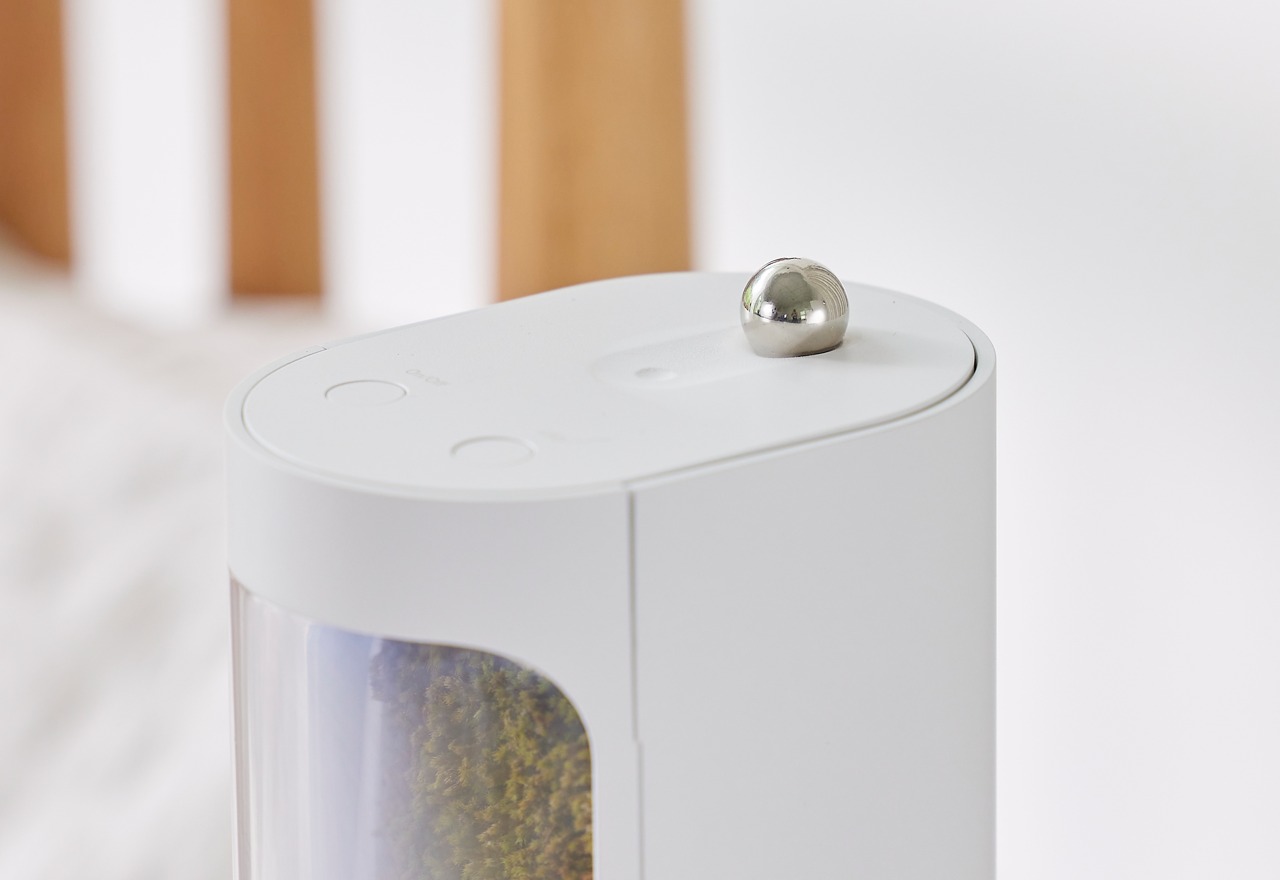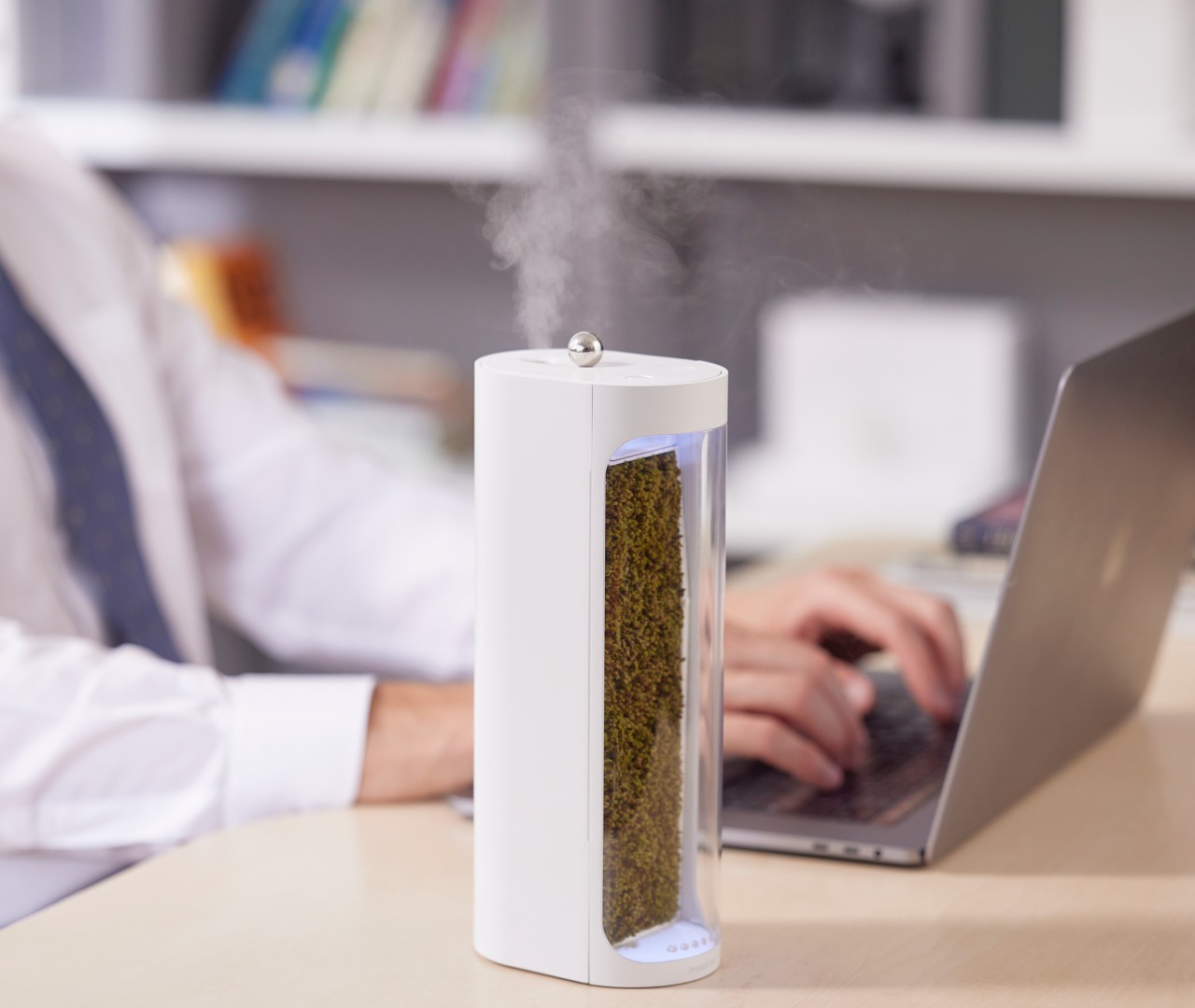Recent events have made people more conscious of the air they breathe indoors, leading to a rise in the purchase and production of air-purifying appliances. Of course, these machines are not new, and they have been undergoing a phase of evolution in terms of features as well as aesthetics. At the end of the day, however, air purifiers and humidifiers still use artificial methods and non-sustainable materials that eventually harm the environment while trying to enhance human lives. Thankfully, all hope is not lost, thanks to an innovative and sleek device that purifies and hydrates the air using more natural means by harnessing the power of Nature’s secret miracle worker: moss.
Designer: Yoonsang Kim of Mosslab
Click Here to Buy Now: $79 $99 (20% off). Raised over $580,000.
Moss might carry some negative connotations, but these rootless plants play a critical role in the survival of animal and human life on the planet, thanks to how much they contribute to the oxygen in the atmosphere. These are nature’s natural air filters that require so little maintenance that they can survive for months without a single drop of moisture. It is this superpower that Moss Air is using to deliver clean air to your home in a sustainable and elegant design that will have you become the talk of your neighborhood and friends. Especially when they behold the LED mood lightning that lets you witness the moss waking up from slumber as the mist falls and fills the panel.

Moss Air’s moss panel filters out fine dust and converts carbon dioxide into oxygen, providing a fresher and greener living environment.

Why Moss? It removes fine dust particles and has an incredible capacity to convert CO2 into oxygen much more efficiently than most types of trees.
At first glance, Moss Air looks like a mini terrarium, but it definitely stands out even among its peers. Its predominantly white body, transparent facade, and tall, slender form make it a perfect fit for any desk, coffee table, or bedside drawer, practically anywhere you need a breath of fresh air and a sight for sore eyes. The visible moss filter adds a much-needed touch of green to modern homes, and its refreshing scent makes you feel like you’re taking a relaxing stroll through a fresh forest just after sunrise.

The magnetic ball at the top of Moss Air acts as a mechanism for mode switching. Simply roll the magnetic ball across the top of the device to open and close the humidifier hole.
Of course, Moss Air isn’t just a pretty face to show off. Behind the moss is an invisible water tank that serves two purposes, depending on the device’s mode. It creates a gentle mist that falls upon the wall of moss to keep it green and in tip-top shape, but at the push of the strong magnetic ball on top, that mist becomes a gentle upward spray of purified and humidified air. The secret to this process is the moss’s natural ability to filter fine dust, remove impurities and toxins from the air, and convert carbon dioxide into oxygen. It’s the ultimate green air purifying solution that would put HEPA filters and UV light chambers to shame.

The Moss Filter panel is super simple to change if needed. Simply press the two side tabs in, pop out, and press the new one in place until it clicks.
Despite the seemingly magical way the Moss Air works, using it couldn’t be simpler. That stylish magnetic ball on top is really the only thing you need to move to switch between modes, and you don’t need to worry about it rolling or falling off because of the strong magnetic force that keeps it in place. The terrarium is self-watering, so all you really need to do is refill the water in the tank periodically. Best of all, the moss panel and paper filter for the water tank are easily replaceable and sustainable, making the Moss Air nearly immortal. So why settle for ugly, hulking appliances just to breathe clean and hydrated air? With the Moss Air terrarium, air purifier, and humidifier in one, you not only get a more natural and more sustainable way to get healthy air anytime, you also get a beautiful piece of decor that brings a touch of nature into your life.
Click Here to Buy Now: $79 $99 (20% off). Raised over $580,000.
The post This eye-catching terrarium is the tabletop air purifier you never knew you needed first appeared on Yanko Design.
